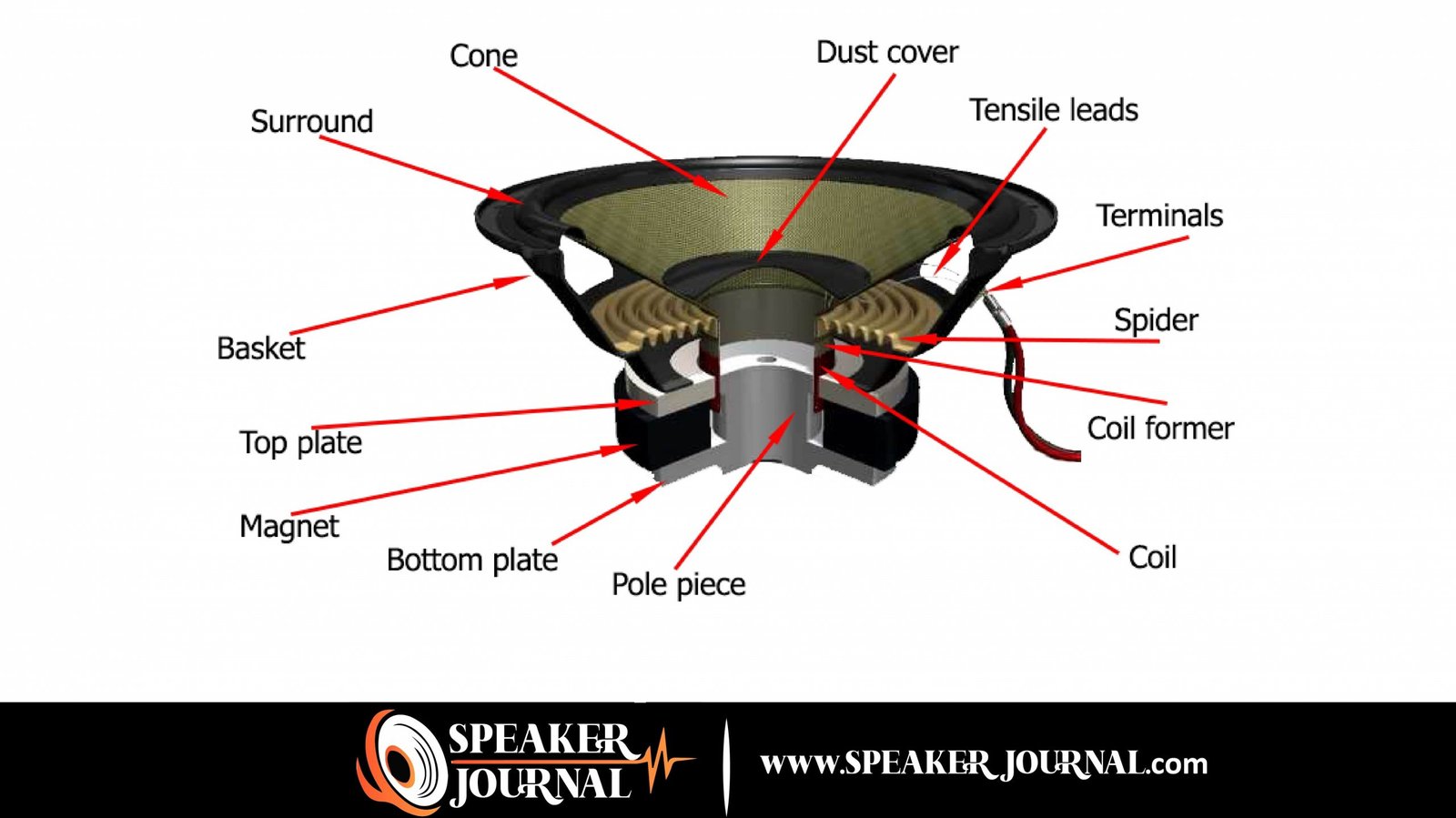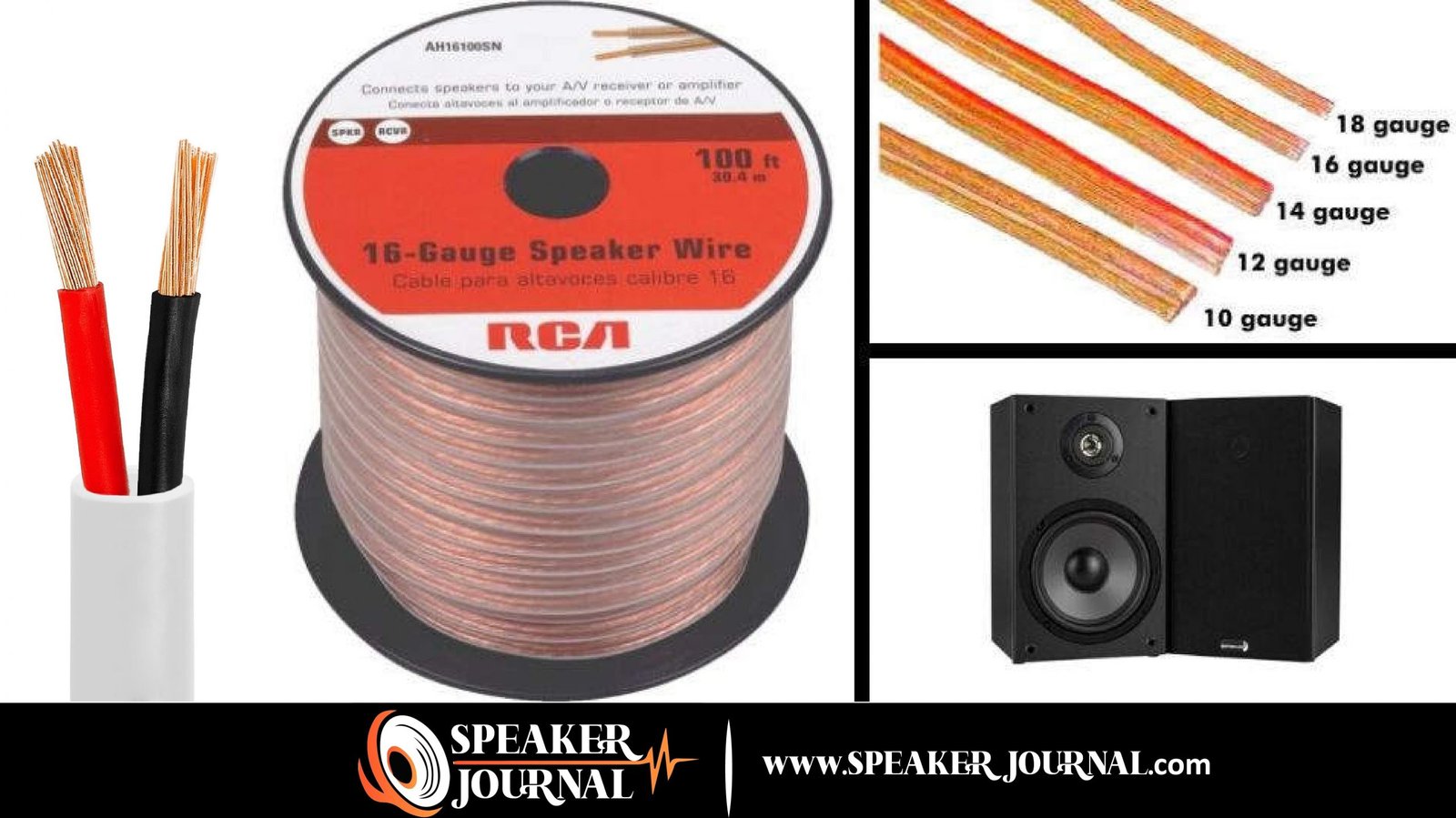Wiring tweeters to speakers might be cumbersome task for people. Its because there are so many different configurations one could do when wiring tweeters and speakers together. So, To help you with this decision, we have created the following step-by-step guide that will show you how to wire tweeters to speakers in 6 different ways!z

Tweeter speakers are small drivers in the speakers that handle high frequencies, such as voices and snares. Tweeters can be either passive or active: when they’re passive, you’ll need an additional amplifier to power them; while with tweeters being active (or powered), their own electronic crossover is responsible for filtering out low-frequency content and sending it back into a separate channel on your amp instead of directly interfering with the main speaker system. This makes sure we get less distortion during playback without affecting sound quality adversely!
Read: How are tweeters used?
If your speakers don’t have a removable crossover/driver unit that can be removed from the cabinet, then do not try this. It may damage any parts inside the speaker cabinet! If in doubt, seek help from someone who’s done it before! This task is best left up to an expert — especially when dealing with expensive equipment such as professional speakers!

Here are the different things you need to wiring tweeter speakers.
If you don’t handle the tweeter installation process carefully, it can be dangerous. You must disconnect the speaker leads and connect them to the new tweeters. Connect the positive (red) connection from each speaker and tweeter together using a twist connector.
Now connect both negative wires of all four components together using another twisted wire connection. Make sure that you maintain proper polarity.
Cut two equal lengths of speaker wire and strip both ends using a wire stripper. Twist the exposed copper strands to form a connection between the negative (black) wires from all components. Prepare four more pieces for positive connections as well.
Connect the positive wire from all components to a single tweeter using a twist connector. Repeat this connection for every component and then connect them together into one unit.
Connect the negative wires of each speaker/tweeter combo to another twister wire that will be used as your ground wire. Twist down all exposed copper strands to make sure you are maintaining proper polarity.
Wrap all connections with electrical energy tape for added protection against short circuits and corrosion. This is necessary because the exposed wire areas will be in close proximity to each other, which can cause them to corrode or develop a short circuit if they touch accidentally.
If you wire your tweeters to your speakers with the wrong polarity, then it will cause a humming producing sound when playing music. Avoid this by paying attention to which wires are positive and negative!

When wiring tweeters to speakers, make sure to use 16 AWG speaker wires when wiring tweeters to speakers. This will ensure that you have adequate current flow from the amplifier and minimize power loss due to resistance in the cables!
If your speaker wires are longer than 20 feet, it is best to use thicker 16 AWG or even 14 AWG speaker wires. Don’t forget to measure your connecting cables as well!
If you have too much gain coming from your tweeter speakers, then it will cause distortion when playing music through them since they are meant for high frequencies only. Be sure to adjust the input sensitivity or volume control so that there is no clipping!
Make sure all active rear speakers also have a car’s crossover module inside their cabinets before wiring tweeters to speakers with just bare wire ends! Otherwise, you won’t hear anything at all unless you use an external preamplifier first, which has built-in crossovers with an amp output to send power to your speakers!
Be sure all negative wires get connected to each other using another twisted connection so that once everything has been installed properly, their combined signal reference will offer noise rejection which improves sound quality.
Tweeters are designed to produce pitched sounds like high pitched vocal frequencies: female voices. High-pitched instruments included are chimes, electric guitar notes, cymbals, synthetic keyboard sounds, some drum effects, and many more. For example, to access a factory speaker or to customize the installation, you may need to remove the door panel. With the “easy fit” option, you can usually mount woofers in the factory speaker locations with little or no adjustment.
You can use twisted speaker wires to connect your tweeter sections with their corresponding main section on the other side of an amplifier or receiver. If you are using a standard passive external crossover without any preamp inputs, then make sure that all components have built-in crossovers before wiring them together!
You can connect your tweeter wires with a pair of regular twisted wire ends if you are using standard patch cords, which usually get plugged into jacks on either side of an amplifier or receiver.
COPYRIGHT © 2021 · SPEAKERJOURNAL.COM, ALL RIGHTS RESERVED. WE ARE A PART OF THE AMAZON AFFILIATE PROGRAM. IF YOU BUY SOMETHING WITH OUR LINK WE GET A SMALL AMOUNT FROM AMAZON WITHOUT CHARGING YOU ANY ADDITIONAL AMOUNT. HOWEVER, WE DO UNBIASED REVIEWS. WE DISCUSS BOTH THE PROS AND CONS OF PRODUCTS SO THAT YOU CAN DECIDE WHETHER TO BUY OR NOT.
